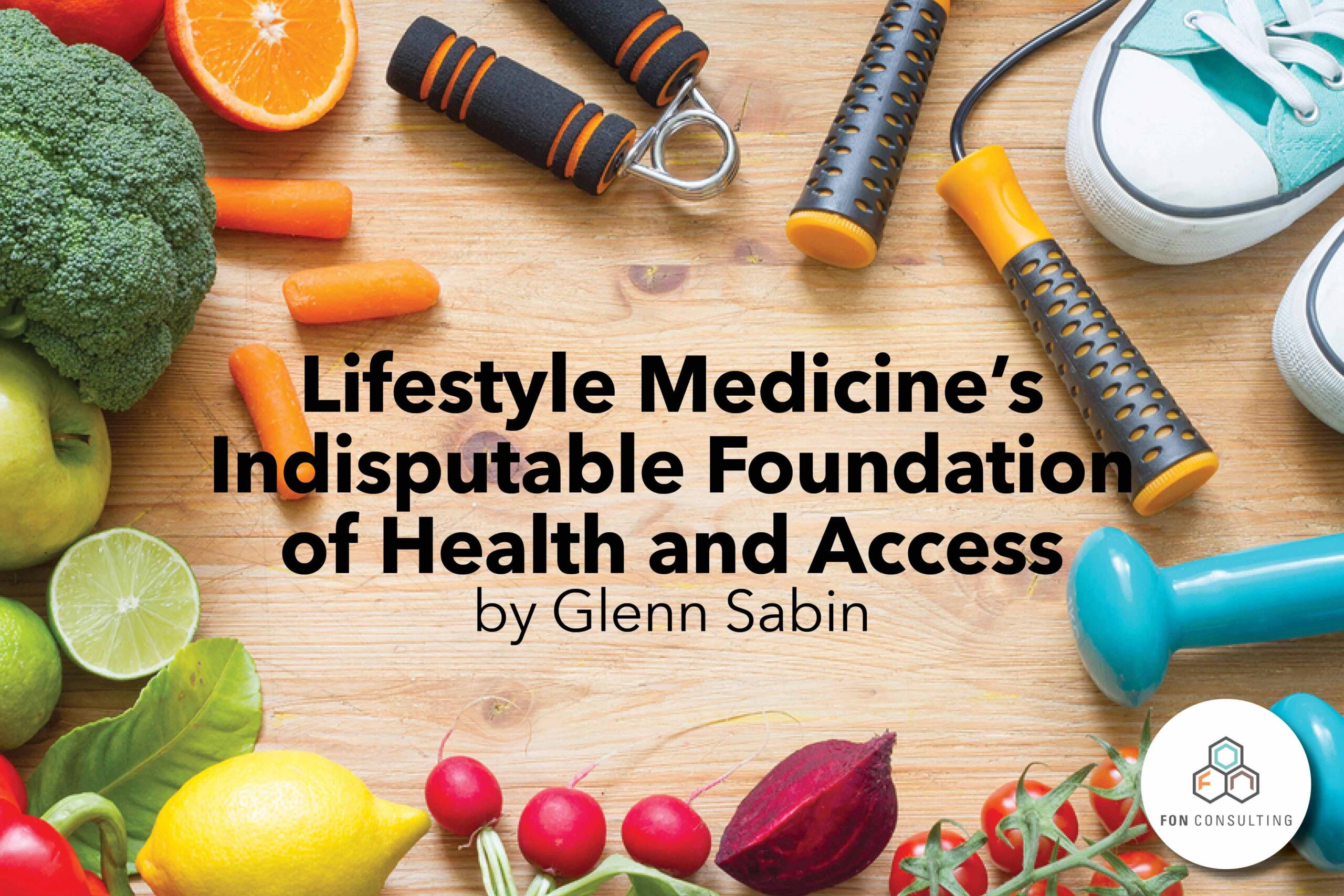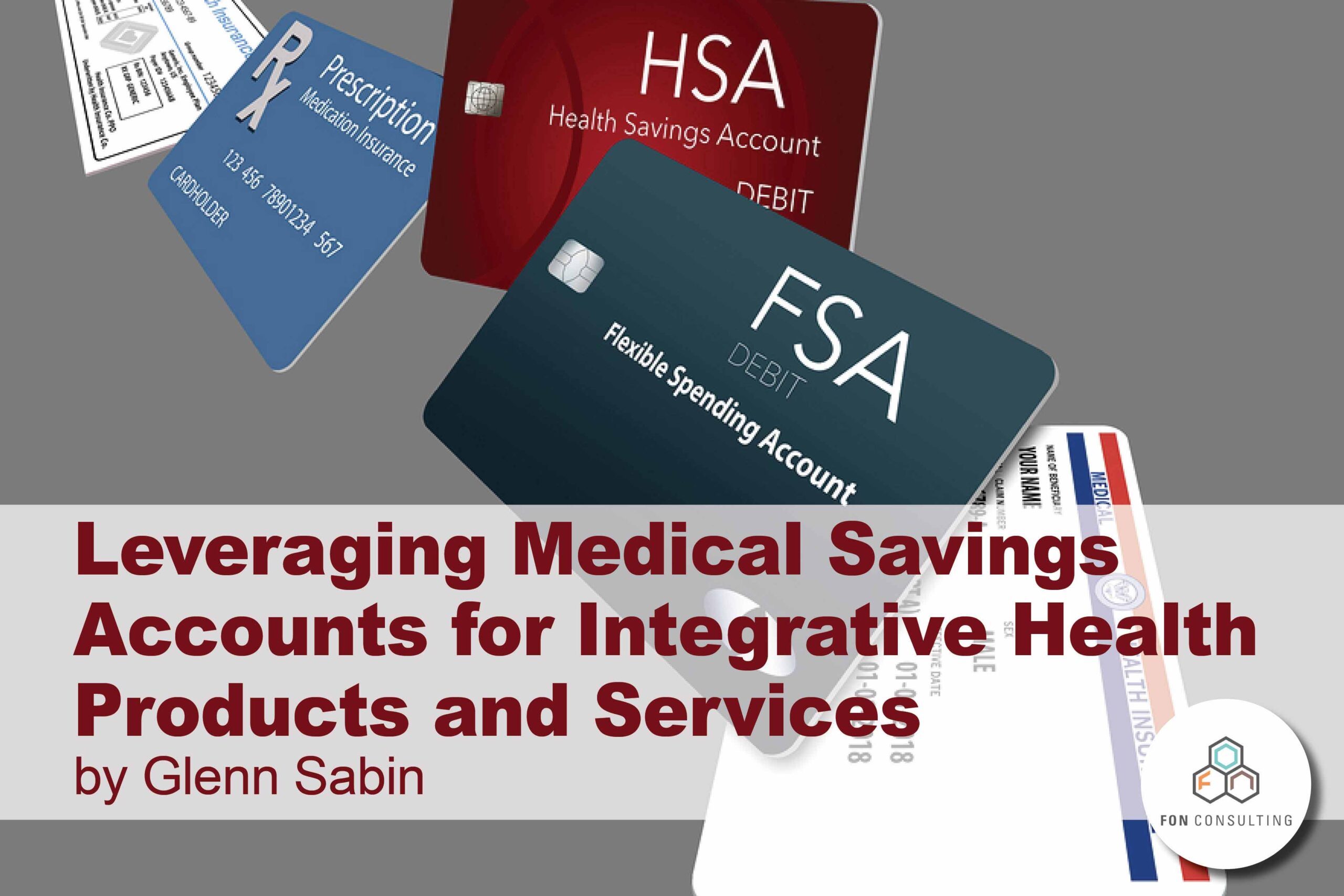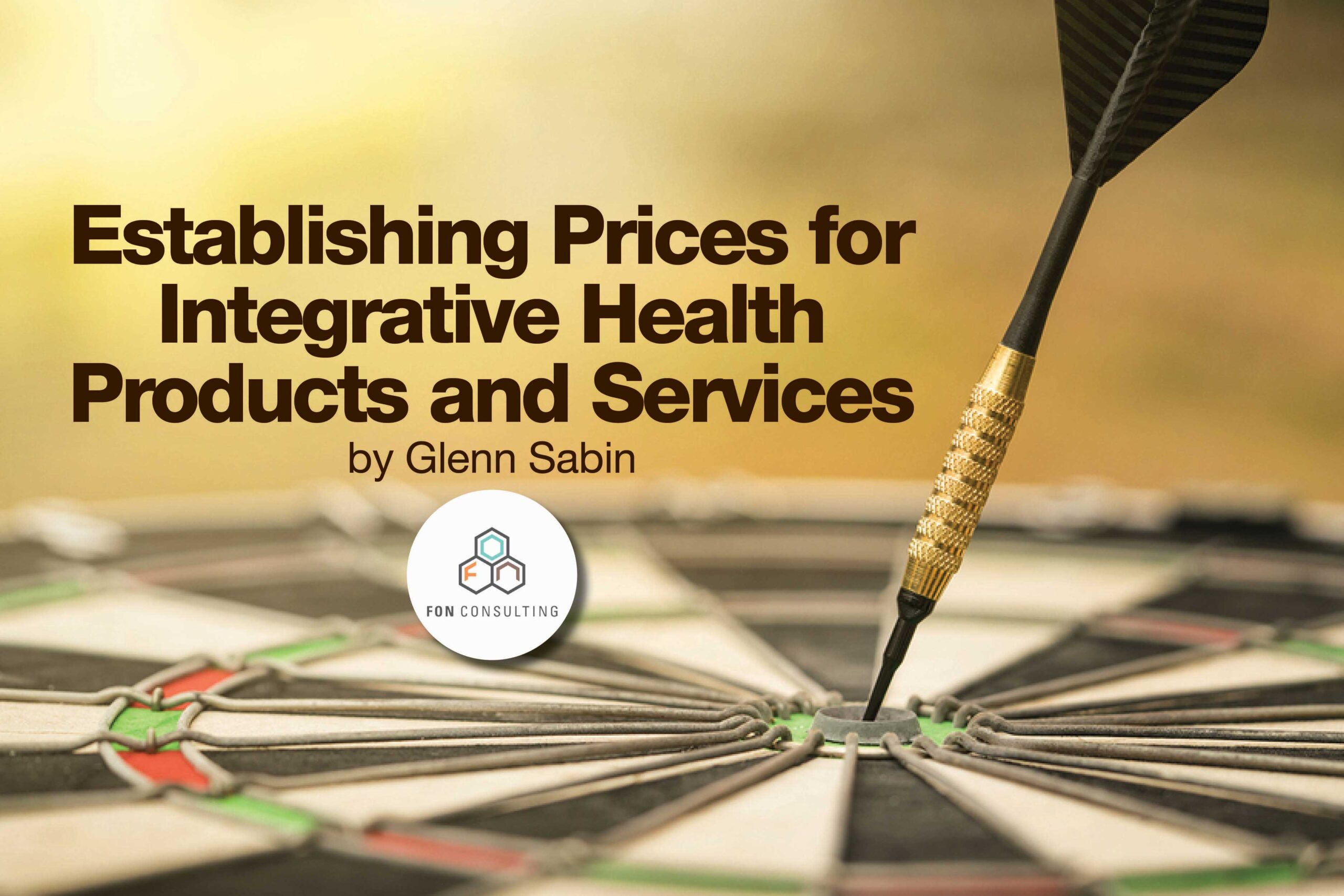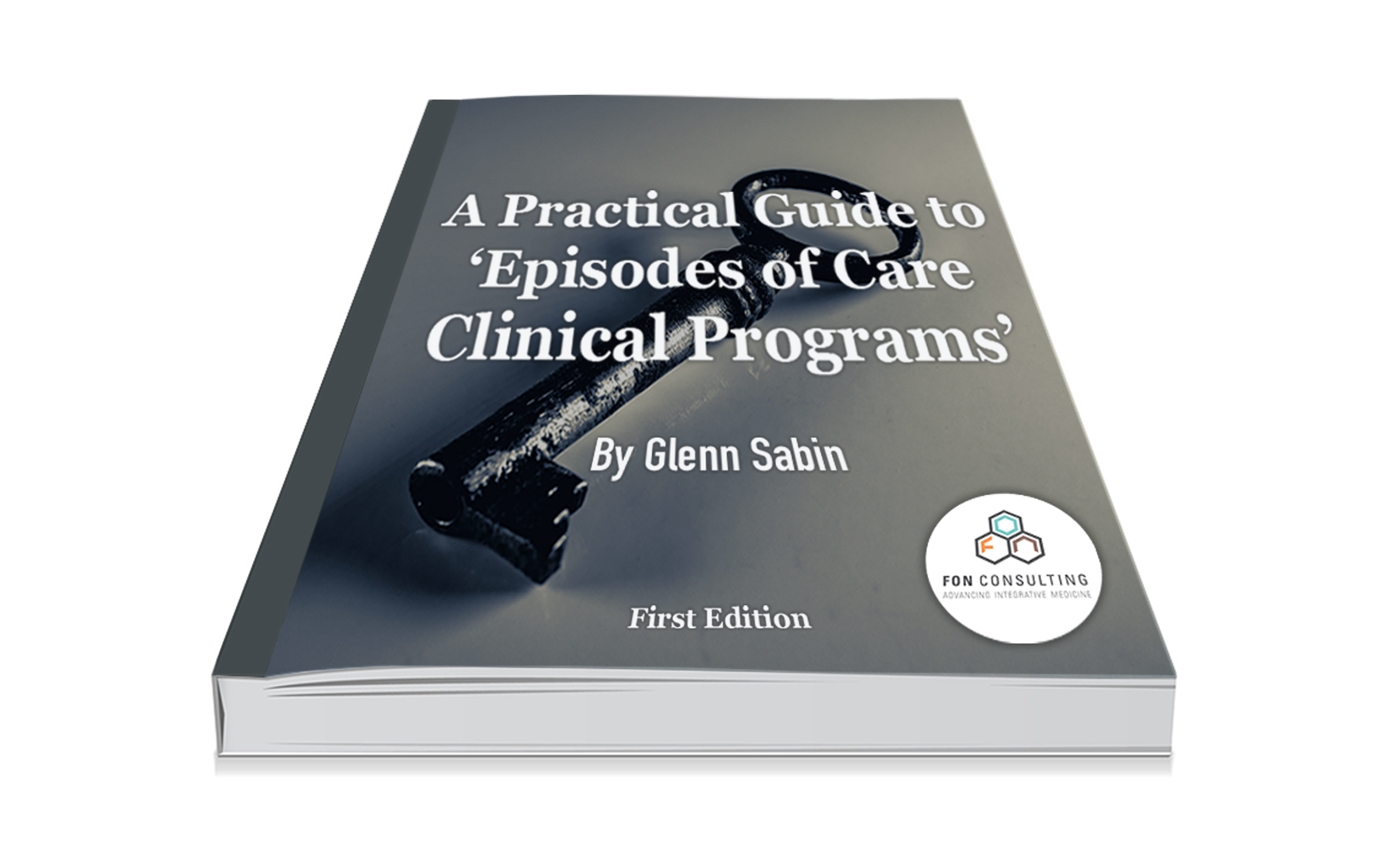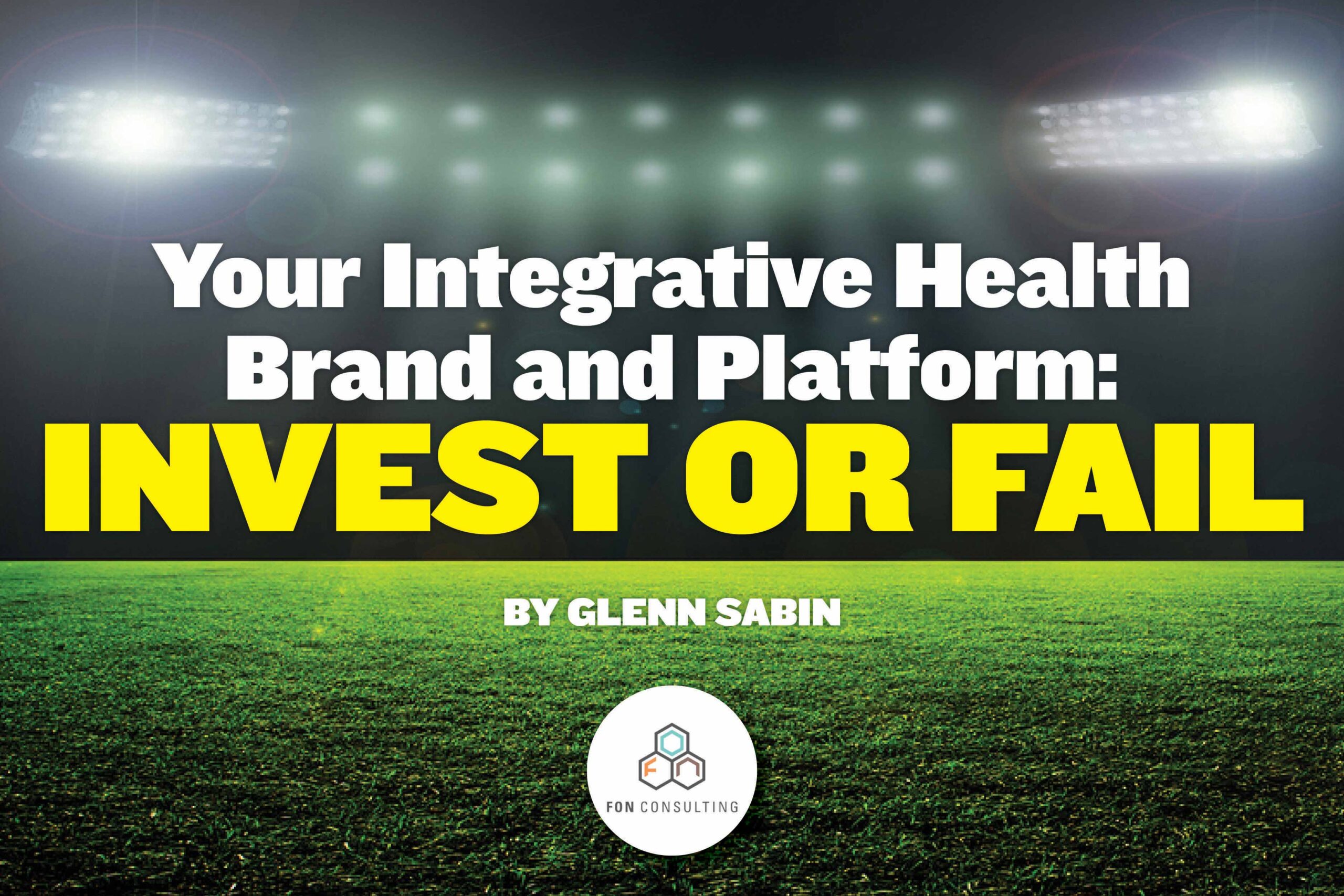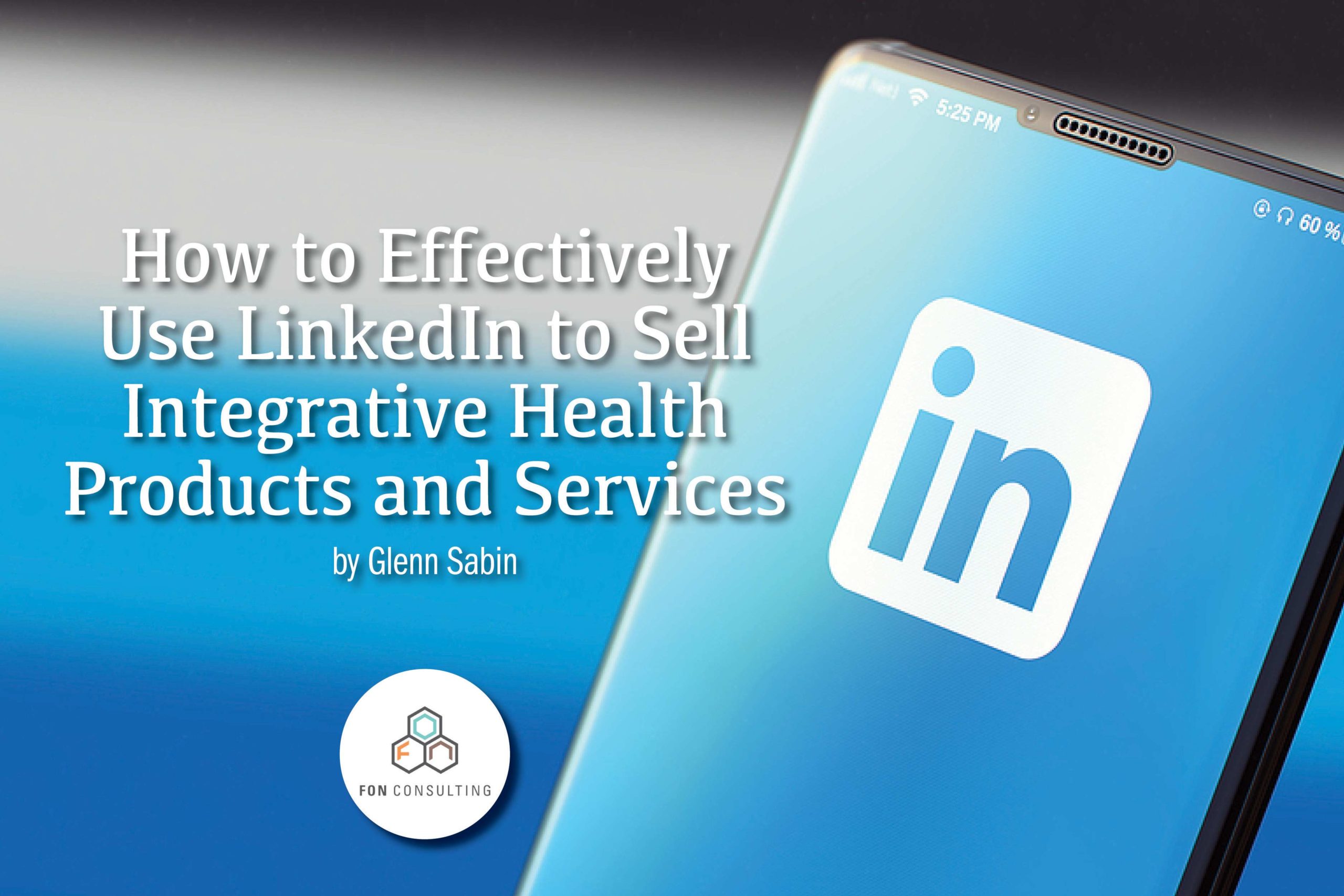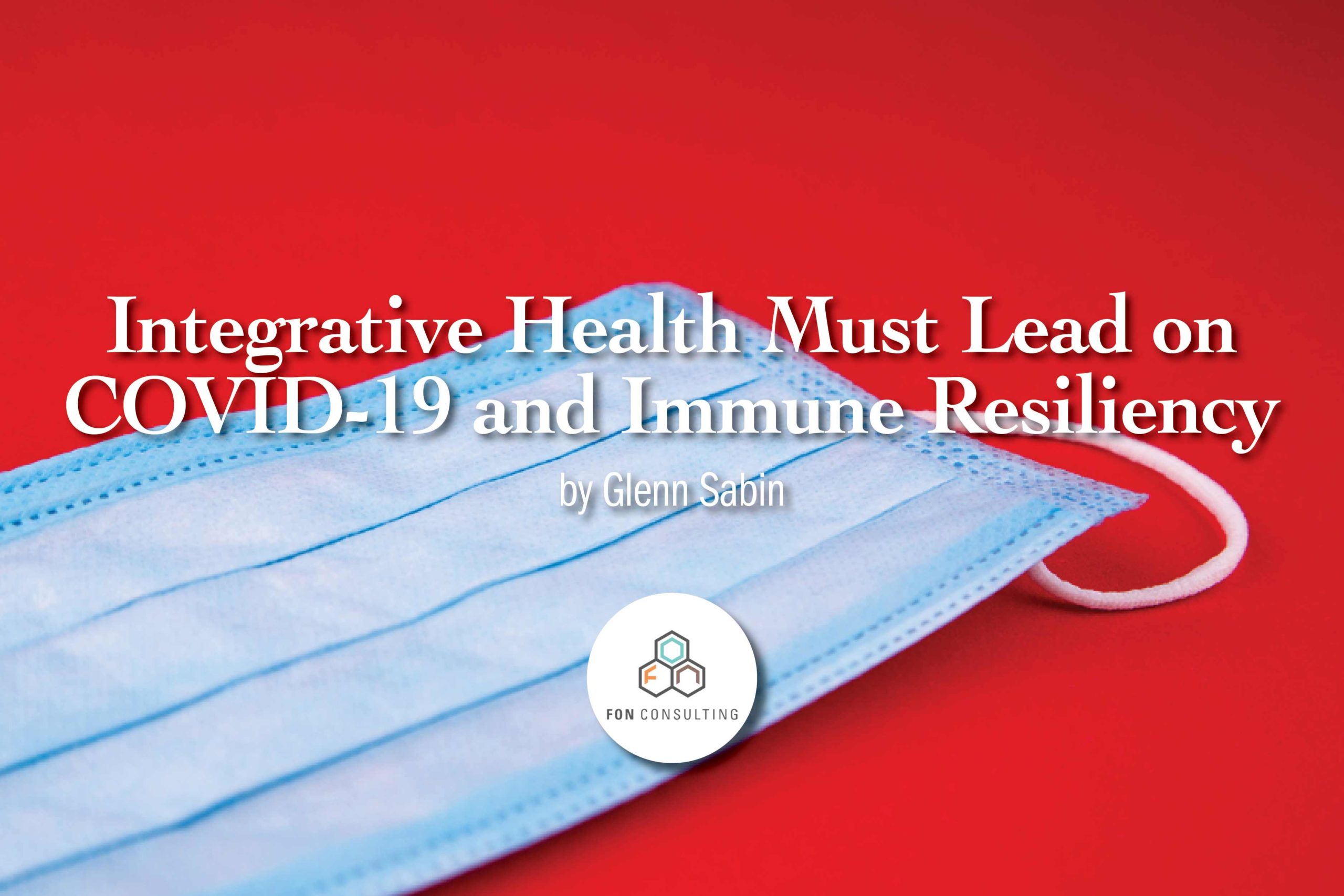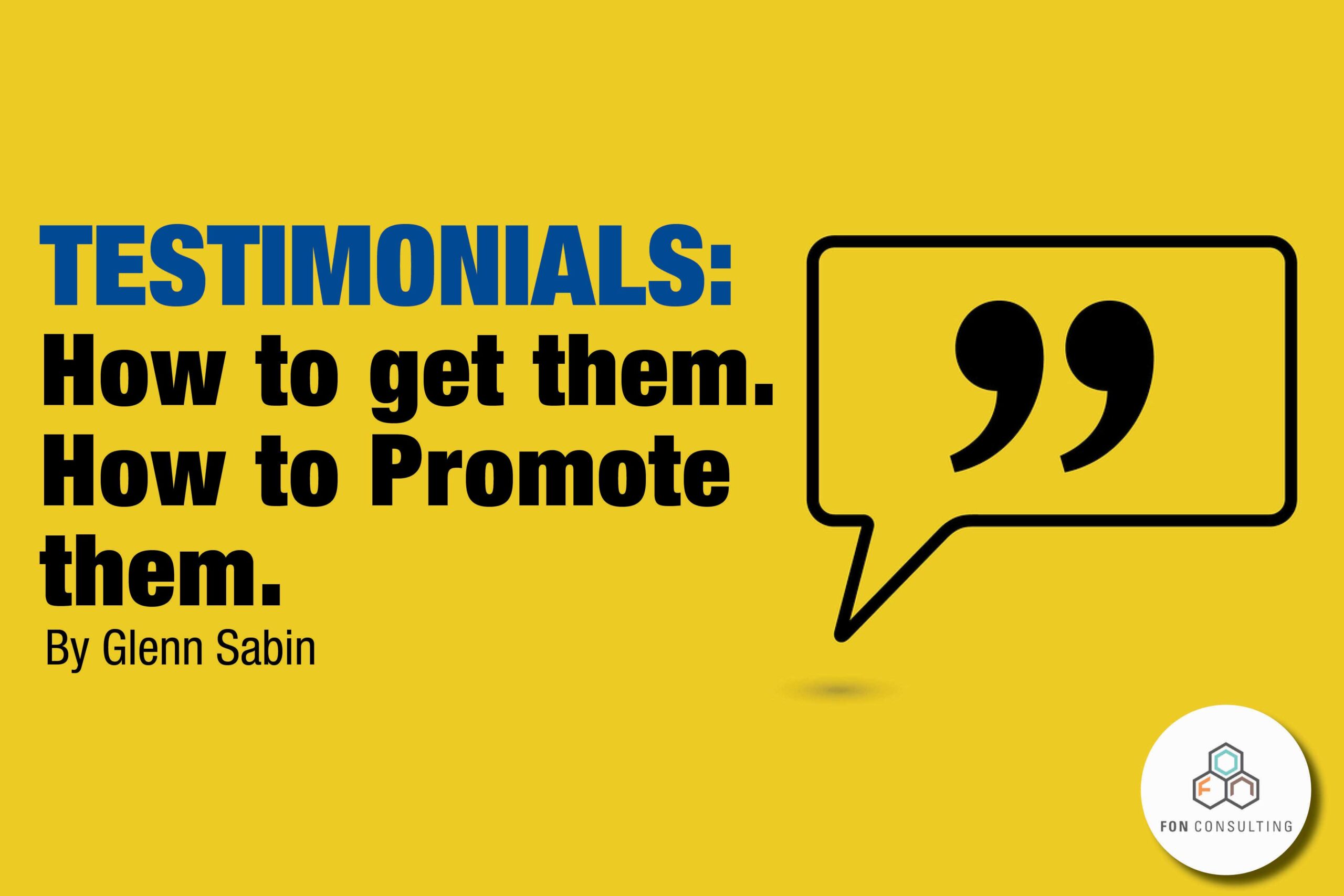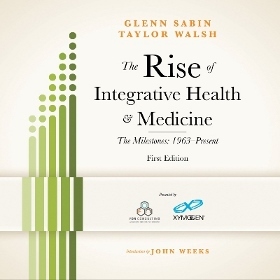Patients are Consumers: Ignoring this Fact is Futile
By Glenn Sabin
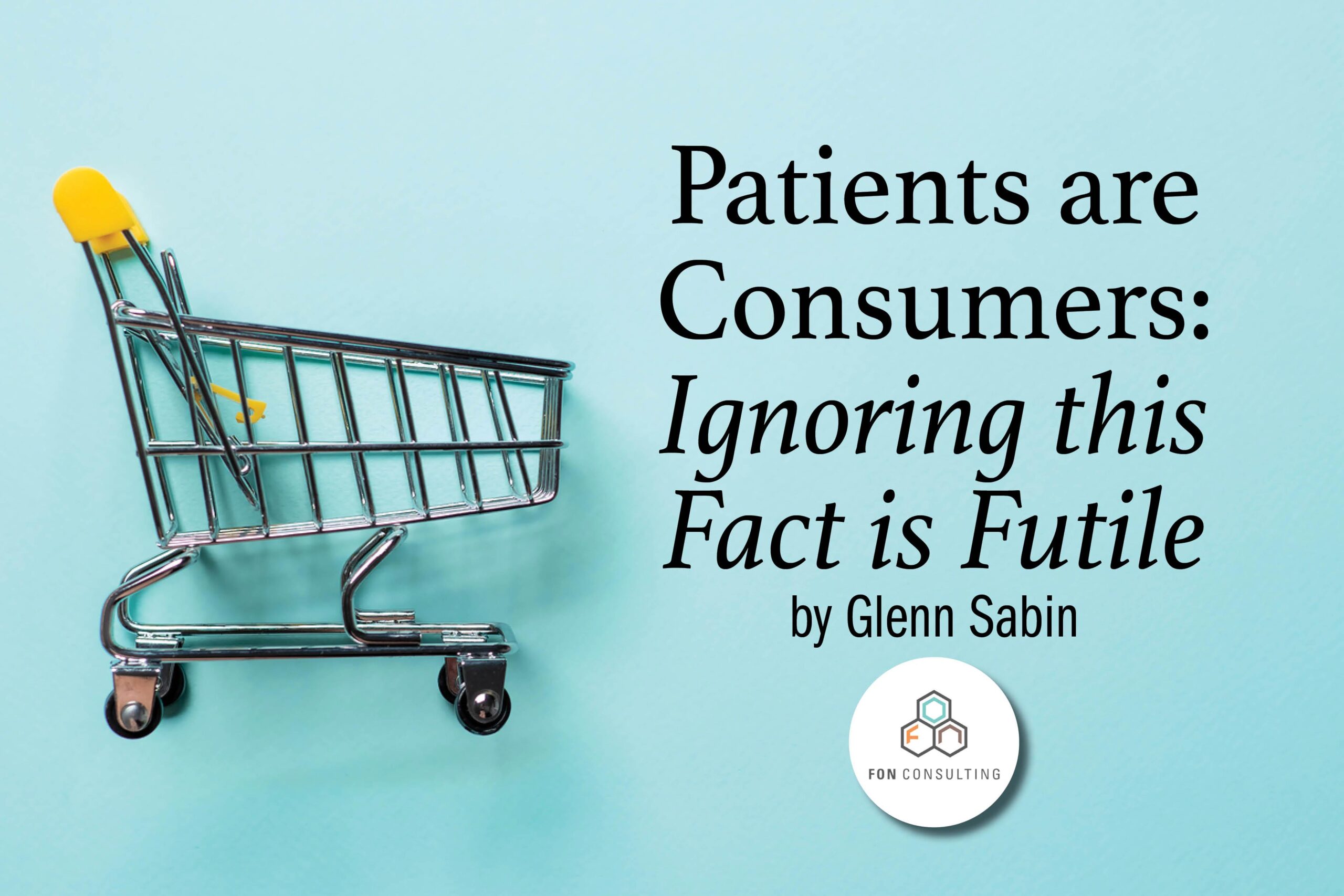
In a recent Medscape editorial, noted bioethicist Art Caplan, PhD remarked on a published commentary by Hastings scholars in Health Affairs titled ‘Patient-Centered Care, Yes; Patients As Consumers, No’.
Medscape followed up on the assertions in the published commentary by polling its physician and nurse readers for feedback—results strongly evidenced agreement from those over 55 years old.
[Note: Free registration to Medscape required to access article.]
Caplan, a renowned and influential bioethicist whose work I highly respect, especially in the area of organ transplantation, wholeheartedly agreed with the Hastings authors’ viewpoint that patients are not, and should not be, consumers. He extended his perspective by suggesting doctors not be referred to as ‘providers’, only as ‘physicians’. His remarks are quoted throughout this piece.
At 69, Dr. Caplan embodies an old guard of thinkers who have not come to terms with where patient care is headed—perhaps not fully considering the growing participation and purchasing power of patients.
This accelerating participatory shift is made possible through the rapid growth of readily accessible, high-quality medical content, tools, and evolving technology, allowing patients to make more informed decisions based on the medical literature and their specific disease state. Progress is also happening on the legislative front to force easy, transparent access and accurate estimations of medical costs, before services are engaged.
The Nouns At Hand
Patient, originally defined as ‘one who suffers’, from the Latin patiens, meaning ‘I am suffering’.
A modern definition is ‘an individual awaiting or under medical care and treatment’.
Consumer is a term used for someone who purchases goods and services, from providers, for personal use.
Patients Are Consumers. Doctors are Providers.
(This is a Good Thing.)
Doctors are providers because, simply stated, they provide various services to consumers. Effective and empathetic physicians who nonjudgmentally listen to a patient’s narrative, and do not rush out the door, earn respect and loyalty for the highly personal work they ‘provide’. They establish a standard and deliver care within a market place. Full stop.
We have Medicare and Medicaid, and the VA—Veterans Affairs. Medicare covers about 80% of medical costs, requiring gap insurance for the balance. Everyone else uses the government insurance exchange, or purchases their coverage on the open market. Currently, we have the option, without tax penalty, to forego insurance altogether—forcing out-of-pocket costs for all medical services consumed.
The choices and costs are variable. That is the core of consumerism.
Many healthcare providers and consumers choose to cut insurance providers out of the mix altogether. Consumers maintain high-deductible plans to cover potential medical catastrophes only. Physicians opt out of accepting Medicare. This allows the provider to work directly with patients on a cash-based, direct-pay membership model, or per encounter fee schedule. It removes the opacity of working through a complex insurance billing process, and allows providers to set fees that permit spending more time with patients.
Many of us, this writer included, have high deductible insurance plans. We are paying thousands of out-of-pocket dollars before insurance ever kicks in to assist. Those deductibles themselves are chosen—as products—based on each consumer’s thoughts about affordability, timing, needs, and experience. In other words, they are purchasing decisions.
Enjoying this article? Subscribe and get our latest, delivered straight to your inbox.
Speaking of single payer: if that was instituted across the land, patients would still be consumers because they would pay for medical services through taxes.
Patients are consumers. Their choices have already influenced a market, and continue to contribute to change.
Doctors are providers: ‘Payment is due at the time services are rendered. Thank you’. Who hasn’t seen this sign in most doctors’ offices?
A new era, formed by a collaboration of commerce between medical providers and consumer patients is inevitable. And that change—all that power—can be used for good.
Change is Inexorable
While I’ve made my point that doctors are providers and patients are consumers, I agree with Caplan about the challenges in doctor patient encounters.
“In our healthcare system, more and more, the language of business is shaping and changing descriptions of what doctor-patient encounters are all about.”
We’ve gotten to a point where most physicians working within a conventional reimbursement model (specifically, commercial insurance and Medicare) are pressured to keep patient engagements incredibly short. The average appointment lasts 17 minutes. Too much of that time is spent with the ‘provider’ staring at a computer screen, and ends with a prescription pad—or another electronic entry with directives for the closest drugstore.
Seventeen minutes is rarely enough time to thoroughly assess a patient and make highly informed recommendations for care. Absolutely not enough time to really listen to a patient and meaningfully engage about overarching health and how to improve it.
With a consumer’s demand for more time and a provider’s ability to service the consumer, the importance of a doctor-patient visit is highlighted.
This is more about a systemic failure of a (healthcare) system. It’s not an issue of names and nomenclature—it’s just a broken business and care delivery model. Perhaps it’s that way because it was ‘not allowed’ to evolve productively—and now it’s time to catch up.
Patient Engagement and Immersion
“The Hastings scholars said that talking about patients as consumers implies choice and activity that patients and would-be patients don’t engage in.”
But they do, Dr. Caplan. Contrary to the beliefs of the Hastings Center’s research scholars contained in the aforementioned published paper, patients are engaging as consumers in profound ways. Many consult PubMed and reputable consumer health sites.
Patients read reviews. So do would-be patients. They utilize Yelp, Healthgrades, Google My Business… scores of ratings sites and publications. Patients are constantly rating physicians. Word-of-mouth ‘powers’ and social media communities consistently exploit these phenomena. Even in smaller markets—there are choices.
Physicians are in this loop, fueling word-of-mouth ‘professional referrals’.
There are exceptions. Those with ‘closed’ end-to-end insurance providers like Kaiser Permanente may have fewer choices if, say, they would be best served getting a second opinion from an outside specialist for a specific condition.
Educated consumer patients will often make the best choices about their care. Those not positioned to do proper research on their specific condition, or not willing to get additional opinions, will take what they are given. But that doesn’t mean they’re not consumers. There is a plethora of information available to them in myriad forms.
Information is highly accessible; technology continues to simplify that access for input and extraction. Consumer patients are able to play an active role in their own care and the decision-making process.
Now, in a utopian existence, disease would no longer exist—effectively prevented along the journey of life.
In a perfect world, high-quality, no-cost medical treatment would be available to all, and every practitioner would use the most up-t0-date treatment options—therefore other avenues would never need to be considered, and a competitive market wouldn’t exist. But is that true?
Patients would still find themselves ‘shopping for providers’ based on logistics, geography, institutions, bedside manner, belief systems, recommendations from family and friends, and even intuition.
Choice necessitates the reason for ‘consumerism’ and ‘consumer/provider’ relationships. We have the right to choose, and many of us consistently exercise our rights.
Even in Emergencies
“The emergency room you wind up in is not something you shopped for online.”
Consumer patients—depending where they live—typically have more than one hospital emergency room to choose from. And while it is true that an ambulance will transport people in acute distress to the closest facility, once stabilized, the patient can be transported, if they choose, to a different hospital.
Upgrades Are More Than Room Service
“I know everybody is very excited these days about bringing in practices from industries, such as the hotel industry, where we try to get patient satisfaction by having better meals or nicer sheets.”
Successful endeavors require excellence at their metaphorical entrance. All providers require a concierge. And it’s not necessarily for the benefit of a financial bottom line; it’s a step toward improving standards which, in turn, improves recovery. It’s not about ‘nicer sheets’ it’s about those nicer sheets affecting a healing process. That might seem like a stretch for those with decades in hospital clinical care settings; I understand how such things could seem like frills.
However, opportunity—think: progress—arrives when people demand better and more. Better food, less clinically cold surroundings, more natural light, less noise, warmer furnishings and paint colors. This is why new hospitals and renovated facilities often feature atriums and greenspaces.
The boomer generation may put up with it, but hospitals and health systems (and small clinics and centers alike) that fail to make substantive changes to evolve their physical environments with ‘hospitality best practices’ and consumer engagement and customer service top-of-mind will not be utilized by Gen X, Gen Z, and most definitely will not be considered by millennials.
Patient satisfaction is one measurement CMS (Centers for Medicare and Medicaid) uses to pay providers for value-based care service ‘bundles’. So it makes sense for hospitals who participate in these fledgling models to make their institutions a bit more comfortable and visually appealing.
Dr. Caplan is concerned that hospitals will become hotels.
“They should become places where infections are low, treatment is efficient, and people are comfortable, given what we have to do there. I’m bothered about that kind of marketing push.”
I posit they need to become both. Not the Ritz Carlton, per se, but for healing’s sake, they need to be overtly hospitable and highly efficient. There is an expression that hospitals are terrible places for sick people. It’s said tongue-in-cheek, but true nonetheless. It’s long been inferred: stabilize me and get me the hell out so I can heal in an environment actually conducive to healing.
Enjoying this article? Subscribe and get our latest, delivered straight to your inbox.
It’s not just a marketing push that drives the higher comfort standards of hospitals; it’s that these amenities promote a positive state of mind which, in turn, supports recovery and deep healing. At the end of the day it is consumer demand that drives these sea changes. Why would an organization not message these attributes and areas of differentiation to leverage a competitive edge?
Today’s consumer patients and medical providers are progressive. They understand, through prior collaboration, that healing advantages come in a variety of packages.
Common Ground
It is clear Caplan wants the best for all. No one is arguing he doesn’t, but limited views and 20th century thinking does not play well in today’s fast-evolving healthcare marketplace.
“Overall, I don’t want to replace medical ethics and medical professionalism with business jargon and business ethics… it starts to make them [physicians] feel more like pawns or agents, without professional standing and without the respect and authority that go with the profession.”
These things are not mutually exclusive. Physician providers will retain their ethical standing and professionalism if they are able to authentically connect with their consumer patients and help them get well.
Patients as savvy health consumers, doctors as engaging medical services providers = collaboration over pure consultation.
We cannot stop change. As each day unfolds, medicine delivery evolves organically. It always has. Ultimately, doctors take care of patients. Patients are cared for by doctors. The way this is executed today is completely different than one-hundred years ago, fifty years ago, ten years ago, and last month.
The patients of the future—and many in the here and now—are in control of their health creation powers and healthcare services. The tools are here and are becoming more robust. Cost transparency is on its way. Progress need not be an enemy of professionalism or ethics. Neither does collaboration weaken a structure.
The doctors of the future—and many in the here and now—are opening doors to new delivery systems. Their ‘call to serve’ and their ‘drive to heal’ will continue to be informed by technology and be supported by establishing the needs of both the patient as savvy consumers and physician as engaging and collaborative medical professional.
This shift is happening right before our eyes. Blink and you’ll miss the subtle changes that mark the continuous evolution of a system.
Image Credit: Bigstock.com/Fascinadora

Read Glenn’s story.



